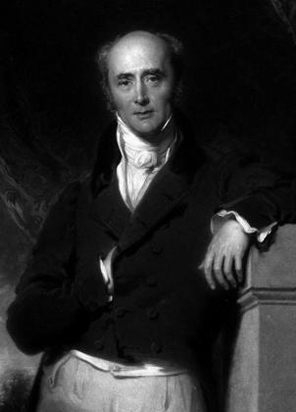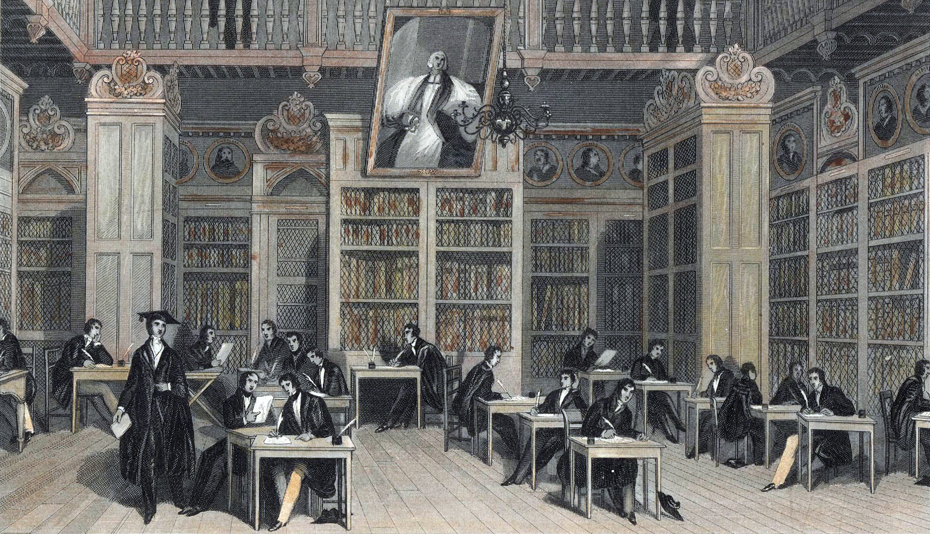Durham University, founded 1832

Charles Grey, the second Earl Grey, British Prime Minister from 1830-1834 was a driving force behind the Social Reform Act of 1832. One of the colleges of Durham University is named after him. Find out more about Grey College.
An Era of Social Reform
The idea of a university in Durham was renewed in 1831, when, in light of debate about social reform in the lead-up to the passing of the 1832 Reform Bill, the Dean of Durham, John Jenkinson, decided to raise the issue of enlarging the system of education to be connected to the Cathedral.
Why was Social Reform Relevant?
Cathedrals were wealthy institutions, and Durham was amongst the wealthiest. The Church of England had been under attack for its extraordinary wealth, and there were concerns that some of this might be appropriated for secular purposes.
As such, given the Cathedral’s long history of promoting education, directing some of its resources to set up an institution of higher learning still associated with Durham Cathedral was one that garnered widespread support.
Financial Support
The plans for Durham University quickly received the support of the Chapter of Durham Cathedral, and from the Bishop of Durham too, both of whom agreed to finance the project.
To meet the cost, one-fifth of the income of the Deanery of Durham and the Cathedral Stalls was allocated to the university, and £1,800 pounds donated annually by the Chapter.
The Dean offered the revenue of 3 Cathedral stalls to the officers of the university, a sum of £1000, and an annual contribution of £1000 (increased to £2000 in 1834), as well as the use of a house near the Cathedral.

William Van Mildert, the Bishop of Durham who founded Durham University in 1832.
The Beginning: Michaelmas Term 1833
Durham University was officially recognised through an act of parliament which received the royal assent on July 4th 1832, with the first students being admitted in the autumn of 1833. There were 19 scholars also called ‘foundation students’ (financially supported by the University) and eighteen ‘students.’
Although the Castle was in partial use by the University in 1836, it did not formally become a University building until 1841.


